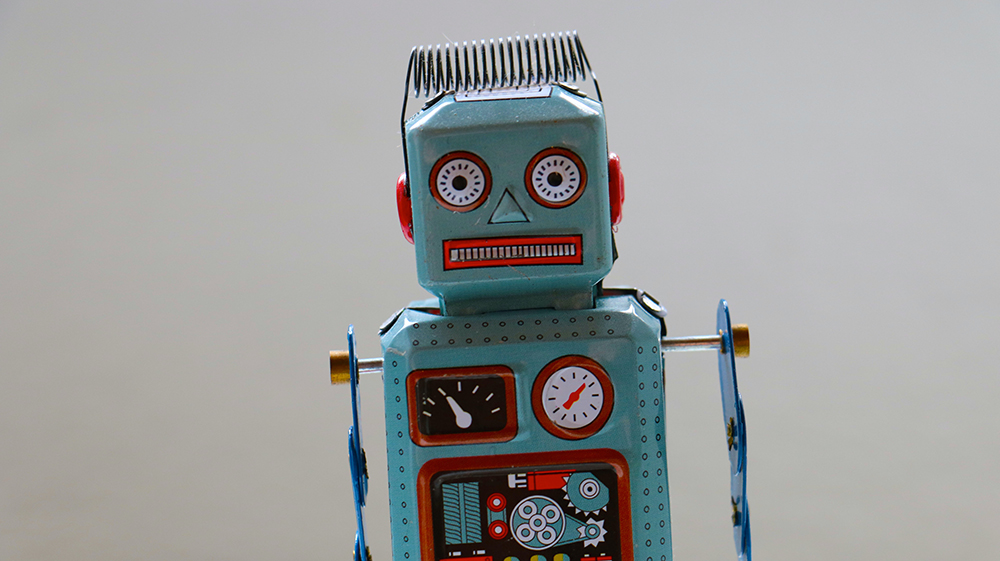Maddie Stone, laist.com, November 27, 2023
With the holiday season fast approaching, parents around the world are deciding which new toys to purchase for their kids this year. Many will opt for classic favorites like Lego bricks, Mr. Potato Heads, Jenga sets, and Barbie dolls. Others will choose toys with more high-tech flair — like remote-controlled robotic dogs, light-up drones, or books that play animal sounds — for that tot who loves smashing buttons.
But while modern parents are bombarded with ads for toys that light up, make sounds, move under their own power, and respond to voice commands, they don’t hear much about the environmental crisis fueled by electronic toys, or e-toys.
According to a recent report by the WEEE Forum, a multinational nonprofit organization focused on the management of “waste electrical and electronic equipment,” the world threw out more than 7 billion e-toys in 2022. Many, if not most, of these toys didn’t reach a proper e-waste recycling facility due to a dearth of regulations and consumer awareness that toys containing batteries and circuit boards require special disposal. Instead, experts believe these toys are often winding up in the regular trash, increasing the risk of battery fires at waste management facilities and creating new environmental hazards at landfills. Even when people want to recycle their e-toys properly, recyclers might not want to take them because they are hard to deconstruct and often contain very little material worth recycling.
Ultimately, experts say, toy makers and toy retailers must take more responsibility for e-toy waste — whether that’s by setting up take-back programs for broken e-toys, redesigning toys to be more recycling friendly, or embracing new business models that replace cheap, throwaway toys with stuff that’s built to last.







